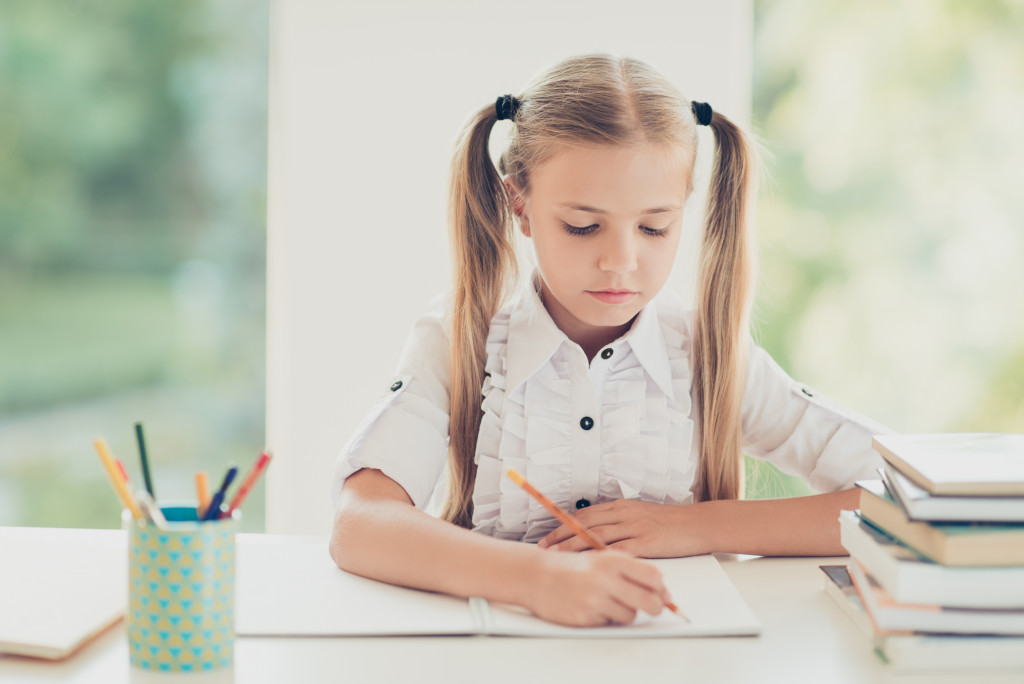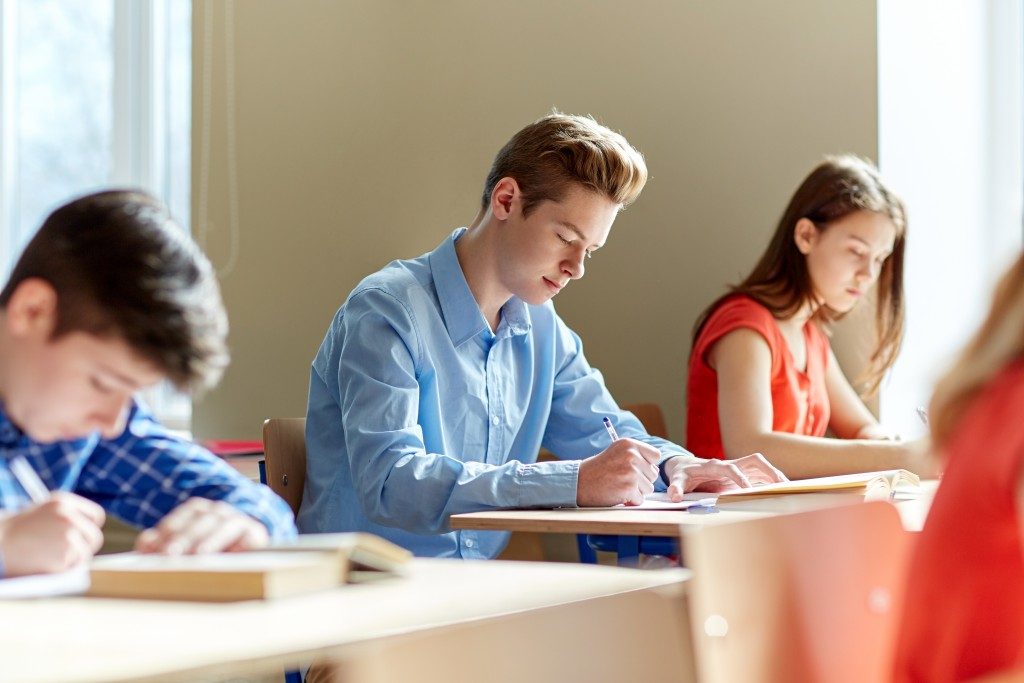Creativity is a life skill every child should begin learning at a young age. It fuels innovative ideas, helps reduce stress, and encourages originality.
Below are popular strategies educators use to help students develop their creative skills:
Add background music in the classroom
The Music Connection Conservatory says that music enriches life. Playing background music can reduce stress, regulate students’ behavior, and inspire high levels of creativity.
Playing music during reading or writing activities can also minimize chatter and improve students’ concentration.
Make use of unconventional learning materials
While textbooks and lectures are a tried and tested way to convey knowledge, introducing new learning materials can drive students to form new perspectives and engage better with the lesson.
Technology and visual media, for example, help with knowledge retention, offering both affective and cognitive experiences. Research shows that music, films, and videos are capable of conveying complex ideas faster than written text.
- TED talks: One way to learn from experts and world leaders is to have students watch TED talks. These are short but powerful lectures that cover a broad range of topics from science and history to politics and pop culture.
- Podcasts: Podcasts offer a broad selection of subject matter and narrative types. Students can also listen to various forms of communication such as casual dialogue, interviews, or narration. Assign podcasts for homework and have students ready to discuss it when they return to class. Alternatively, you can ask students to conceptualize and record their own podcasts to help them enhance both cognitive and oral skills.
- Puzzles and games – Incorporate fun into your curriculum and students will be more motivated to learn. Puzzles and games challenge them to think outside the box while providing entertainment. Group games also encourage collaboration and create a solid base for creative thinking.
Allow visual reflection
Reflective learning exercises enable students to take a more creative and contextual understanding of various topics. Displaying reflective activities in the classroom will help students persevere and grow.
One way to encourage visual reflection is to set up a bulletin board of mindset moments. Ask students to post their new learning or “shifted mindsets” on the board. Text within images and symbols will provide structure to reflection, making it easier to interpret ideas and connect themes together.
Encourage hands-on learning
Hands-on learning enables students to apply theory to real-life situations. Instead of simply listening to an instructor discuss a given a topic, hands-on learning provides students with practical applications. This increases knowledge recall and offers opportunities for problem-solving and critical thinking.
One way to put this principle into action is to organize writing workshops. Instead of letting students read texts on their own, get them to write their own poems or short stories and critique each other’s works later on. Being part of a group will help them improve their skills quicker, gain fresh insights, and strengthen their communication skills.
In addition, hands-on learning helps students hone the skills that they have already learned. This is often seen in many science classes where classroom lectures are often paired with lab experiments. The more practice students get, the better they will be at that skill.
Incorporate more color
Color can be an effective tool in absorbing new information. Warm shades such as yellow, orange and red drive conversation and inspire creativity. They’re also instrumental in promoting mental agility and confident action.
Put up colorful inspirational posters or create themed corners in the classroom where students can de-stress or brainstorm ideas. Adding color in resource materials and visual aids can also help simplify complex principles and improve knowledge recall.
Creativity does not happen overnight. Continuous learning and support will help students foster creative skills and set them up for long-term success.


